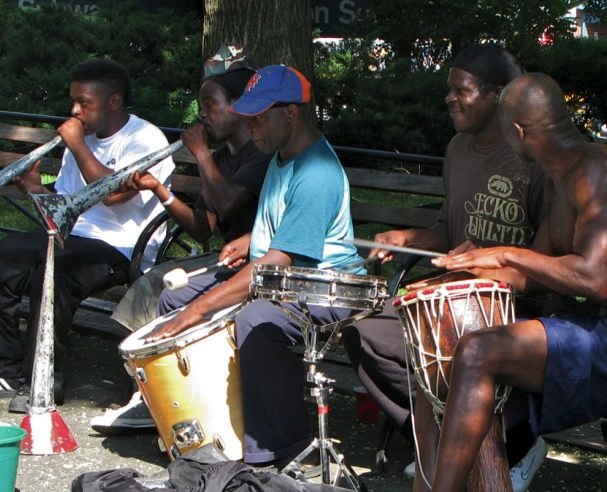Free Haircut and Color Results
I realize that over the years, aside from my aging, all these pictures I post of myself look exactly the same! I should go through my blog and pull them together and do a “Stacy’s Haircuts Over the Years.”
Yesterday was hair-makeover-day. Earlier this summer, at the raffle held at the benefit for the Choral Society of Grace Church, I won a new haircut from the fabulous stylist Lisa Fiorentino. We scheduled my haircut for the same day I was getting my hair colored for free as part of the Bumble & Bumble Model Project. Bumble & Bumble gives free haircuts and coloring if you agree to let their students do it, which is a great deal because the students are experienced stylists who are just learning a new technique.
Here are some shots from my webcam of the results. They don’t really show the cut well. Lisa gave me a lot of layers which I can play around with, making them go all different directions, which looks all swingy and fun. When Bumble & Bumble blew it dry after the color they blew it straight and under, which is fine, just not as interesting.
Notice how I look best in the pictures where I’m wearing glasses. When I first got glasses in my twenties, people still thought glasses made you look bad and everyone got contacts. I loved how I looked in glasses right from the start. I think these pictures demonstrate why.







